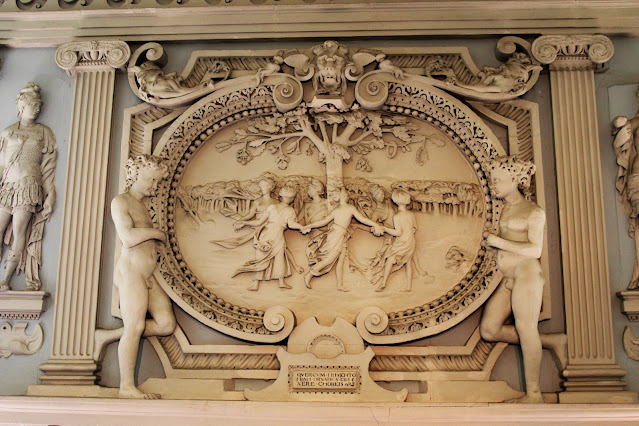Broughton Castle, England
Today, my focus of attention was Broughton Castle which is located just a few miles from my lodgings near Banbury in southern England.
The building and its occupants have a long history intertwined with English history over a period of some 700 years.
Here is a potted history:
- Originally constructed as a manor house around 1300 by Sir John de Broughton, a knight of King Edward I.
- Property soled to William of Wykeham, Bishop of Winchester and Chancellor of England in 1377. It has been in the same family ever since.
- The building never has been a military fortification but in 1406 permission was obtained to 'crenellate and embattle' which gave the building a military appearance and technical castle status.
- A major reconstruction was undertaken in 1554 by owner, Richard Fiennes.
- During the English Civil War much damage was caused by Royalist forces in 1642.
- The 18th century period proved uneventful.
- In the 19th century much of the family's wealth was dissapated due to extravagent living by William Thomas, the 15th Lord Say & Sele. This resulted in an auction sale of much of the property's contents.The 16th Lord subsequently carried out vital repair work.
- The castle was rented out to third partiues between 1886 and 1912 after which the Fiennes family returned. The scond half of the 20th century witnessed major restoration with benefit of support from a government agency, particularly for the roof.
- The current Lod Say & Sele, age 102, resides in a private apartment at the property.
Great Hall
Dining Room
Queen Anne's Room
The Bury Lodge Room
The King's Chamber
The King's Chamber Overmantel
Elaborate plaster ceiling of the Great Parlour
The room that hath no ears: A secluded room offering privacy. Cannon balls date from the Royalist siege of 1642.
View of garden from roof
Southern aspect
Garden image

















Comments
Post a Comment